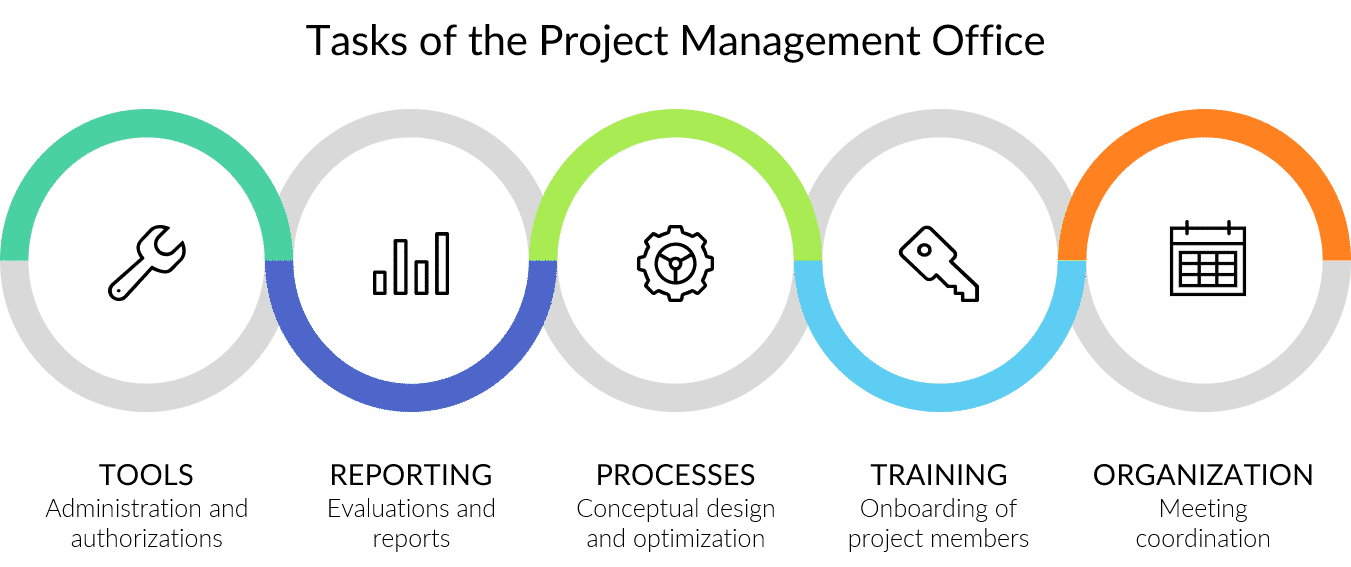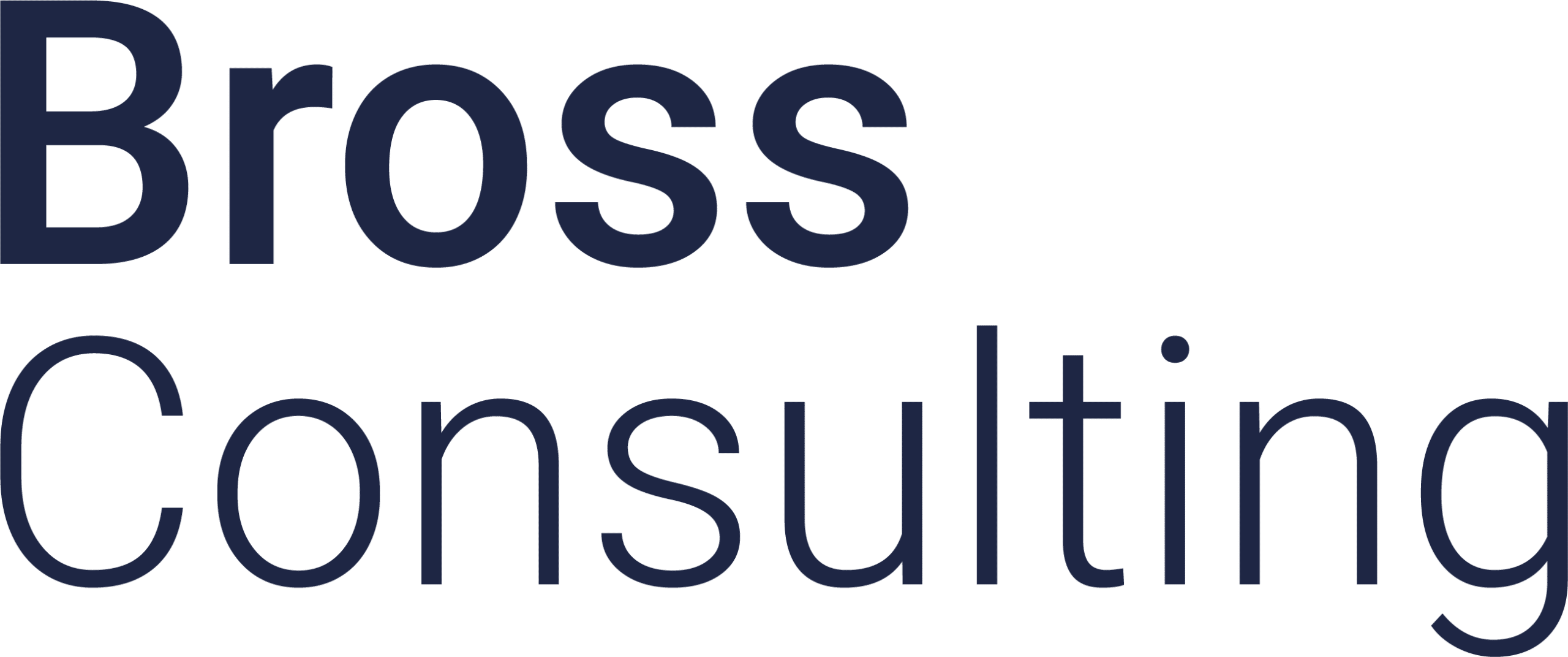Project management – goals and tasks
A project has a defined beginning and end and is therefore limited in time. It is unique, innovative and new, and involves a high degree of difficulty. Several specialist departments are always involved in a project. A clearly defined goal is important. In addition, resources such as time, money and manpower are limited. Project management offers methods, procedures and tools to achieve the project goals. By planning, controlling and monitoring these procedures, good organization and a regulated process, work is carried out towards the objectives. Soft skills such as motivation and conflict management also have a major influence on the objectives. The project environment with stakeholders, corporate structures and other framework conditions must also be taken into account. In order to define goals clearly and effectively, they are defined smartly. Smartly formulated goals are generally easier to achieve and make it easier to monitor progress. Such a formulation has the following five characteristics. It must be specific, measurable, attractive, achievable and time-bound.
Structure in the project through a Project Management Office
A Project Management Office is an administrative structure that standardizes project-related management processes and facilitates the sharing of resources, methods, tools and techniques. The responsibilities of a PMO can range from providing project management support functions to directly managing one or more projects. There are different types of PMO structures in an organization. Each of them varies in terms of the degree of control and influence they have on projects within the organization.

Project management with a structured approach
A project is managed by the project manager. He is responsible for planning, controlling and monitoring the project. He represents the project management vis-à-vis the stakeholders. The requirements for team members are specialist knowledge in a particular field, motivation, performance and social skills. The general project process is as follows:
Initialization
This is where responsibilities are clarified, the team is put together and roles are allocated.
Zieldefinition
Smart goals are defined and checked for feasibility.
Planning
A phase plan is drawn up in the planning phase. It shows the milestones from start to finish. In addition, a work breakdown structure is created, which places the tasks in a chronological and hierarchical order.
Control system
In the control phase of the project, progress is monitored and individual tasks are supervised.
Conclusion
Project completion marks the formal end of the project and takes the form of product acceptance, lessons learned and documentation.
Customized project management
The experienced project managers at Bross Consulting manage your project through the phases of initiation, definition, planning and control right through to completion. Due to the different structures and methods of project management, some of which have their own process models, the choice of approach for implementing a project is usually based on various criteria.
Relevant criteria for project management
In recent years, time and cost pressure as well as complexity within companies has increased. As a result, project management is experiencing increased demand. The most important factors influencing a project and determining the scope of project management are:
- Specifications of the organization or the client (guidelines)
- Size of the project (e.g. number of person days)
- Complexity of the project, whereby a distinction is made between technical and social complexity
- Industry of the project, if an industry/product-specific process model is used
- further project type categorizations such as development project, learning project, maintenance project, …
The tools of project management
Project implementation can involve a single person or several thousand. Accordingly, project management tools range from simple to-do lists to complex organizations with companies set up exclusively for this purpose and massive support from project management software. Therefore, one of the main tasks of project management before the project starts is to determine which project management methods should be applied and prioritized in this particular project. Applying all methods in a small project would lead to over-administration, thus jeopardizing the cost-benefit ratio.
